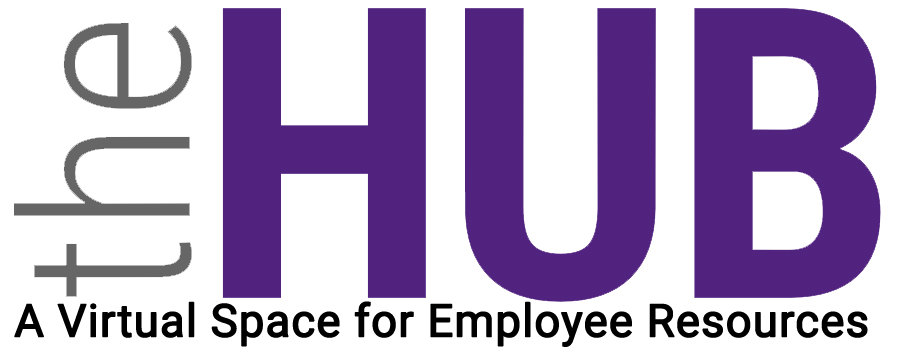Strategic Tools and Resources
Strategic Tools and Resources encompass a collection of practical methods, frameworks, and technologies designed to help individuals and organizations achieve their goals effectively and efficiently. These tools provide actionable insights, foster informed decision-making, and drive success by aligning efforts with overarching strategies.

Strategic Planning – SWOT
Strategic Planning – Leveraging SWOT Analysis
Strategic planning is the cornerstone of institutional success, especially in community colleges where diverse challenges require adaptable solutions. One of the most effective tools for strategic planning is SWOT analysis—an evaluation of Strengths, Weaknesses, Opportunities, and Threats. This comprehensive approach helps leaders make informed decisions, align resources, and set priorities that support institutional goals.
Key Components of SWOT Analysis
Strengths and Weaknesses: Begin by assessing internal factors. Strengths may include experienced faculty, robust student support services, or modern facilities (Bryson, 2018). Conversely, weaknesses could involve outdated technology, limited financial resources, or high staff turnover. A thorough evaluation of these factors provides a clear understanding of what the institution does well and where improvements are needed (Gürel & Tat, 2017).
Opportunities and Threats: Examine external trends and forces that impact the institution. Opportunities might include partnerships with local industries, grants for innovative programs, or demographic shifts that increase enrollment (Bryson, 2018). Threats could encompass declining state funding, competition from online education providers, or regional economic challenges (Gürel & Tat, 2017). Identifying these factors helps institutions anticipate and adapt to changes.
Benefits of SWOT Analysis
SWOT analysis fosters collaboration among stakeholders by engaging diverse perspectives in the planning process. It also ensures that strategies are grounded in reality, leveraging strengths to seize opportunities while addressing weaknesses and mitigating threats. Moreover, it creates a foundation for measurable and achievable goals, aligning with the college’s mission and vision.
References
Bryson, J. M. (2018). Strategic planning for public and nonprofit organizations: A guide to strengthening and sustaining organizational achievement (5th ed.). Wiley.
Gürel, E., & Tat, M. (2017). SWOT analysis: A theoretical review. The Journal of International Social Research, 10(51), 994-1006. https://www.researchgate.net/publication/319367788_SWOT_ANALYSIS_A_THEORETICAL_REVIEW
Vision and Mission Development
Developing a clear and compelling vision and mission is fundamental for effective community college leadership. These elements provide a roadmap for institutional priorities, ensuring that decisions align with overarching goals. While the vision outlines what the institution aspires to become, the mission defines its purpose and the values that drive its operations.
Crafting a Vision Statement
A strong vision statement captures the aspirations of the institution. It should be forward-thinking, concise, and inspiring. For example, a vision might state: “To be a leading institution in equitable education, empowering students to achieve their dreams and transform their communities” (Kotter, 2012). Crafting such a statement requires input from stakeholders to ensure that it resonates with the college community and reflects its unique identity (Rowley & Sherman, 2004).
Defining a Mission Statement
The mission statement articulates the college’s core purpose. It should be actionable and emphasize the institution’s commitment to serving its diverse student body. For example, a mission might state: “To provide accessible, high-quality education that fosters academic excellence, personal growth, and lifelong learning opportunities for all” (Kotter, 2012).
Steps for Development
Engage Stakeholders: Include diverse voices from faculty, staff, students, and community partners to build consensus (Rowley & Sherman, 2004).
Align with Core Values: Ensure that the statements reflect the institution’s commitment to equity, access, and excellence (Kotter, 2012).
Test for Clarity: Use language that is straightforward and avoids jargon, ensuring accessibility for all audiences.
References
Kotter, J. P. (2012). Leading change. Harvard Business Review Press.
Rowley, D. J., & Sherman, H. (2004). From strategy to change: Implementing the plan in higher education. Jossey-Bass.
Change Management Models: Rotler’s 8 Steps, ADKAR Brainstorming, Design Thinking
Change Management Models
In the dynamic landscape of higher education, community college leaders must navigate change effectively to remain responsive to students’ needs. Proven change management models such as Kotter’s 8 Steps, the ADKAR model, and Design Thinking provide frameworks to lead successful transformations.
Kotter’s 8 Steps
John Kotter’s model emphasizes a systematic approach to change. Key steps include creating a sense of urgency, building a guiding coalition, and embedding changes into the culture (Kotter, 2012). For example, implementing a new student success initiative might begin with data-driven discussions about retention rates, followed by collaborative planning with faculty and staff (Kotter, 2012).
ADKAR Model
The ADKAR model focuses on individual change, breaking the process into Awareness, Desire, Knowledge, Ability, and Reinforcement. This model ensures that all stakeholders understand and embrace the change (Hiatt, 2006). For instance, transitioning to a hybrid learning format requires clear communication about benefits, training for instructors, and ongoing support (Hiatt, 2006).
Design Thinking
Design Thinking prioritizes empathy and innovation. Leaders use this model to address complex problems by deeply understanding stakeholders’ needs, brainstorming creative solutions, and iterating through prototypes (Brown, 2009). For example, redesigning a campus advising system might involve interviewing students, testing pilot programs, and refining based on feedback (Brown, 2009).
Benefits of Change Management Models
These frameworks provide structure, reduce resistance, and ensure sustainability. They empower leaders to engage stakeholders, measure progress, and adapt strategies as needed, fostering a culture of continuous improvement.
References
Hiatt, J. M. (2006). ADKAR: A model for change in business, government and our community. Prosci Research.
Brown, T. (2009). Change by design: How design thinking creates new alternatives for business and society. Harper Business.
Contact Us
Whether you have questions, feedback, or need assistance, feel free to reach out to us. Our team is here to help and will get back to you as soon as possible. Please fill out the form, and we’ll be in touch shortly!
